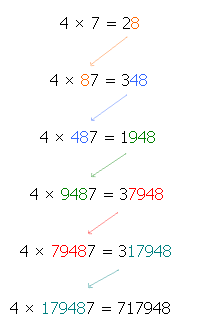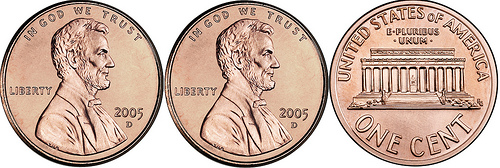If Brown hopes to throw a six in a game of dice and succeeds, we wouldn’t say he threw the six intentionally. If Brown puts his last cartridge into a six-chambered revolver, spins the chamber as he aims it at Smith, his archenemy, pulls the trigger, and kills Smith, we’d say he killed him intentionally. Does that make sense? In both cases Brown hoped for a certain result, in both cases the probability of that result was the same. If Brown didn’t intentionally throw a six, why did he intentionally shoot Smith?
— Leo Katz, Bad Acts and Guilty Minds, 1987




